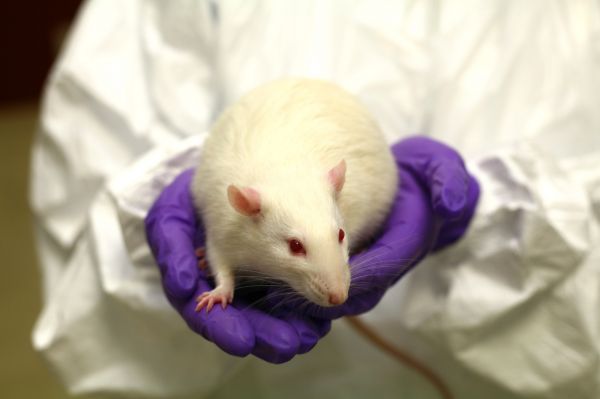 But, despite that, animal research is not an easy topic to write about. It’s emotive. Animal rights organizations control the rhetoric, and the images they portray of animal research are horrific. And yet these are the images that people are most likely to see, because fear of personal and institutional attacks by animal activists has driven animal research to be hidden. The ”real” story is never shared. Researchers, institutions and companies inadvertently belittle the significant contribution of animals to scientific progress by trying to hide that they’re even involved in it.
But, despite that, animal research is not an easy topic to write about. It’s emotive. Animal rights organizations control the rhetoric, and the images they portray of animal research are horrific. And yet these are the images that people are most likely to see, because fear of personal and institutional attacks by animal activists has driven animal research to be hidden. The ”real” story is never shared. Researchers, institutions and companies inadvertently belittle the significant contribution of animals to scientific progress by trying to hide that they’re even involved in it.
So what’s the result, when the only view of animal research displayed to the general public is negative? The general public say they don’t support the use of animals in research. And it’s not surprising – they don’t hear about the positives, and the images they do see are courtesy of the animal rights organizations, and they seem to show animals being tortured. Who says “Yeah, that’s fine,” when they’re presented with images like that? Sociopaths, that’s who.
So why am I involved in this debate? Well, I am a toxicologic pathologist. I work in the pharmaceutical industry. I have a degree in veterinary medicine and worked as a veterinarian in clinical practice before I did a PhD and a specialist qualification in pathology. As a toxicologic pathologist, my job is to assess how safe new medicines are in animals before we give them to people. After we have given the animals a course of the medicine we are testing, the animals are humanely euthanized (in the same way your pet would be put to sleep by a veterinarian if it was very sick), and I examine samples of their organs to determine if there has been any damage from the medicine we are testing – a regulatory step imposed by governmental agencies worldwide to ensure that pharmaceutical companies are doing their job to bring safe and effective medicines to patients. From there, we can decide whether the new medicine is safe to test in human patients. I’m not talking about seeing if a new mascara will make your eyes water, I’m talking about medicines – medicines that will (hopefully) cure your cancer, prevent you from going blind, or treat your asthma.


